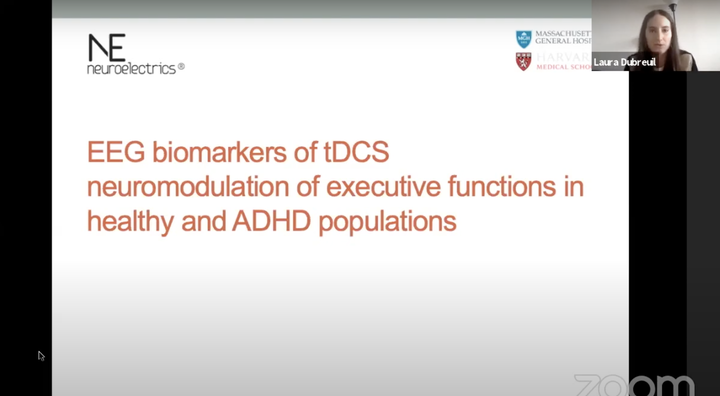NYC Neuromodulation Conference 2020

Abstract
State-of-the-art of numerical head modeling in tES: methods and applications
Numerical head models in transcranial electrical stimulation (tES) have become a powerful and robust tool for planning stimulation. Due to the development of computational algorithms to segment MRIs, it is now possible to create on a personalized way realistic volume conductor head models. These head models can be used to analyze commonly used montages, in a retrospective manner and to determine the characteristics of the electric field distribution in the head. They can also be combined with montage optimization algorithms that allow for the determination of the dose parameters (electrode positions and currents) that optimally stimulate specific target areas in the subject’s brain. Moreover, the next generation of models should combine passive physical properties with more sophisticated representations of the physiological effects of tES, providing a link with measures obtained from fMRI/EEG, enabling the creation of a more sophisticated personalization of the optimization protocols.
In this symposium we discuss new developments that allow for a faster creation of personalized head models and how to leverage these head models to plan experiments in tES. We also present a new physiological modeling approach for tES and electrophysiological biomarkers of neuromodulation in ADHD.
List of presentations:
- CNN MRI segmentation for fast and robust optimization of the human brain, Carla Balcells
- A Biologically Realistic Laminar Neural Mass Modelling Framework for tES, Roser Sanchez-Todo
- Targeting consciousness brain networks with tCS in minimally conscious state patients, Maria Chiara Biagi
- Improving sham protocols in tCS with montage optimization: actisham, Ricardo Salvador
- EEG biomarkers of tDCS neuromodulation of executive functions in healthy and ADHD populations, Laura Dubreuil Vall